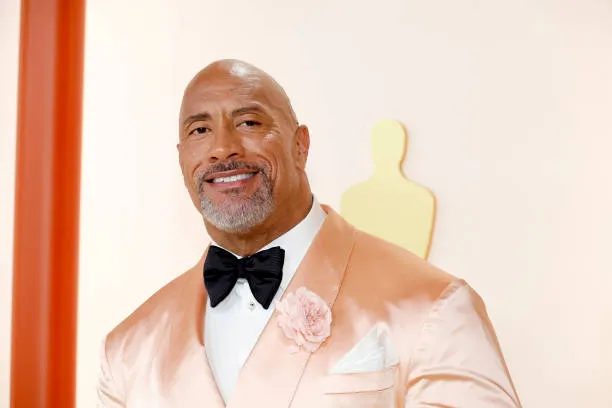The Grevin Museum in Paris recently underwent a notable transformation by revising their waxwork of Hollywood superstar Dwayne Johnson. This alteration came about as a direct result of the actor’s request for improvement, specifically regarding the accuracy of his skin tone. Johnson took to his Instagram account to express his dissatisfaction with the initial representation, stating that he would work with the museum to “update” his wax figure, starting with a more realistic skin tone.
The museum’s spokesman revealed that the wax figure was indeed altered to better reflect Johnson’s skin color, with the changes being made overnight. The sculptor, Stephane Barret, explained that the team relied on photographs and videos to create the statue, which was then refined further by working with a man who matched Johnson’s extraordinary measurements. The process of adding the tattoos to the figure was a painstaking 10-day endeavor, and the eyes required re-painting three times to avoid an excessive darkness, which would have resulted in the figure’s face appearing too hard and losing its warm aspect.
Barret expressed his excitement at the opportunity to create a wax figure of Dwayne Johnson, noting that it was impressive to work with someone of his large stature. However, he did find the subtle smile on Johnson’s face challenging to achieve, as it required a delicate balance to bring the figure to life from the perspective of museum visitors. The waxwork now stands alongside 250 other famous faces at the museum, including film stars such as Penelope Cruz and Leonardo DiCaprio, modeled after London’s Madame Tussauds.

Dwayne Johnson (Via Dwayne Johnson/Twitter)
The Grevin Museum’s reputation for accuracy is evident in the attention to detail given to the wax figure’s makeover. The museum’s commitment to realism is noteworthy, particularly in the way the skin tone was revised to better reflect Johnson’s actual skin color. The fact that the changes were made overnight speaks to the museum’s dedication to ensuring the accuracy and authenticity of their waxworks. The process of creating the wax figure, including the painstaking attention to detail in the tattoos and eyes, further emphasizes the museum’s attention to realism.
Dwayne Johnson’s involvement in the process, from his initial dissatisfaction with the initial representation to his subsequent collaboration with the museum, is also noteworthy. His willingness to work with the museum to improve the accuracy of his wax figure reflects his commitment to authenticity and his desire to ensure that his image is represented in a way that honors his unique identity.
The Grevin Museum’s decision to revise their waxwork of Dwayne Johnson is a testament to their commitment to accuracy and realism. The museum’s attention to detail, from the skin tone to the tattoos and eyes, is a reflection of their dedication to creating an authentic representation of the Hollywood star. The successful makeover serves as a reminder of the importance of representation and the need for accuracy in artistic endeavors, particularly when it comes to the portrayal of celebrities.











































